Mobility From A To Z

On The Go
Hype around mobility is everywhere. Questions like "what is a phablet?" and "did Apple or Samsung invent it first?" and "how do I manage a BYOD environment?" are popping up every day. It comes as no surprise that mobility is one of the most disruptive trends in the channel, and its ever-evolving nature comes with a long list of vocabulary words that is only getting longer. Here is a guide of everything you need to know about mobility from A to Z.
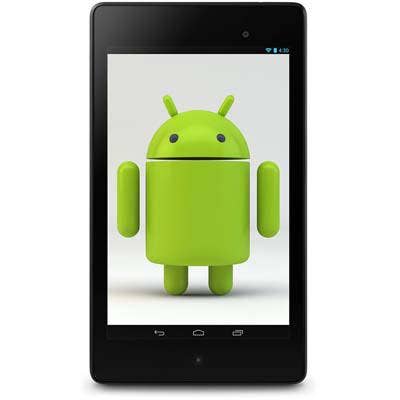
Android For Enterprise
"Android for enterprise" is a phrase that tends to conjure up looks of confusion and sometimes terror. It's old news that BlackBerry is not the only logo seen on devices packing highly sensitive information. But despite its booming consumer popularity, Android devices are susceptible to malware and other security threats that have made the operating system a big "no-no" in many enterprise verticals. Now, Samsung Knox, a branch off of Korean hardware giant Samsung, claims it has solved the problem with mobile device management that protects Android devices from the hardware up. Knox recently launched its channel program and is in the first steps of offering its solution to enterprises on a select few Samsung devices.
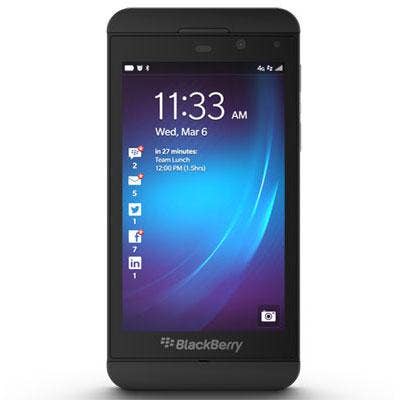
BlackBerry
The BlackBerry brand, which used to rein as the mobile king among enterprises with data to protect, has suffered a rough year. In one blow after the next, BlackBerry's future has been more than unstable. In September, Gartner issued a report urging BlackBerry enterprise users to at least devise a mobile back-up plan in the event BlackBerry reaches its final straw. After the company failed to go private, John Chen, former CEO of Sybase, became BlackBerry's interim CEO as Thorsten Heins stepped down. Now the world waits to hear if BlackBerry will make good on its promise to return to an enterprise focus or if the company will continue to spiral out of control.

'Consumerization'
The lines between a consumer's mobile device and a workplace mobile device have been more than blurred. Microsoft takes shots at Apple and Android mobile operating systems for serving the sole purpose of "consuming content" rather than "producing content." However, Apple's addition of its iWork and iPlay suite to all new iOS 7 or Mavericks device, as well as manufacturers like Lenovo and Samsung creating Android devices with attached keyboards and styluses, challenges that notion. Lenovo Channel Chief, Chris Frey (pictured) told CRN that the company is taking strides to offer consumer products, starting with the Yoga 10 tablet, through the commercial channel to capitalize on the trend that end users really want one device for work and play.
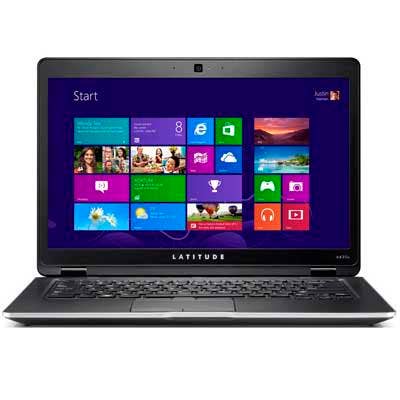
Dell
As channel partners continued to be bent out of shape over Microsoft's decision to exclusively sell its Surface tablets direct and through select partners, Dell swooped in with a brand new portfolio of Android and Windows 8 tablets in October. The company released a 7- and 8-inch Venue Android tablet with Atom processors, listed at $150 and $180 respectively. On the Windows side, Dell released its 8-inch Venue 8 Pro and 11-inch Venue 11 Pro for $300 and $500 respectively.

Emerging Mobile Markets
2013 was the year worldwide smartphone sales surpassed feature phone sales for the first time, a feat few channel partners were shocked by. Regardless, as smartphone prices continue to drop and the devices further saturate the market on a global scale, opportunities for partners will only grow. According to a September report by technology research firm IDC, "The overall mobile phone market is growing faster than previously forecast thanks to a stronger-than-expected first half of the year driven by strong gains in emerging markets and the sub-$200 smartphone segment. IDC previously projected 5.8 percent growth for the year. Vendors are now forecast to ship more than 1.8 billion mobile phones this year, growing to over 2.3 billion mobile phones in 2017."
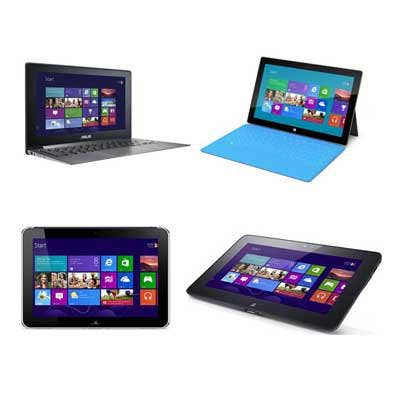
Fragmentation
Fragmentation refers to the diversity of operating systems on the mobile landscape, with Google's Android platform being the biggest offender. For end users, fragmentation may not be all bad, but for developers, the issue can be a nightmare. Several Android OS versions have been released since Android Gingerbread, but Gingerbread still accounts for a large chunk of the lower-end Android phones. One argument is that the number of operating system options keeps the customers happy. In contrast, Apple developers praise the ability to create apps for a single mobile platform. Finally, Microsoft has promoted the end of fragmentation, not just by keeping all devices running on Windows 8 but also by allowing developers to create one app that will run on all Windows 8 machines, including PCs.
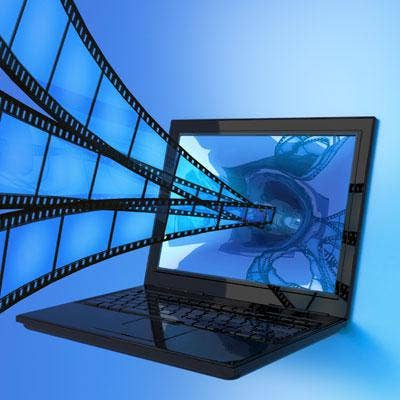
GIF
Though "GIF" stands for "graphics interchange format," its correct pronunciation is "Jif," like the popular peanut butter brand. A GIF is a file type introduced in the late 1980s that uses data compression to reduce the file size. GIF images are much lower in quality than JPEG images and support far fewer color options. For the most part, GIFs are used for simple images and animated graphics that run on a loop. They are the perfect distraction on mobile devices because they load quickly and can be viewed easily on small screens. Now, many of these GIFs go viral on social media websites, replaying short clips of Hollywood comedies and adding to the onslaught of cute, funny cat media.

Health-Care Mobile Market
At a recent Microsoft mobility event, Gareth Hall, industry solution manager at Microsoft, told CRN that there are 50 million worldwide health-care workers without a workplace-ready mobile device, a booming market for partners to swoop in and take advantage of. From smartphones to tablets to convertibles, solution providers are creating ways for doctors and nurses to quickly get a patient's vitals in a spreadsheet, access medical history and even allow the patients to connect with loved ones far away through video chat applications. According to Simon Watson, director of OEM and global alliances at enterprise mobile communications company Spectralink, a mid-sized hospital frequently pulls in 500-700 mobile devices. "It's almost like a Trojan horse. Hiding behind these devices that deliver all kinds of ROI to the business markets, there is a huge pull-through to business services," Watson told CRN.
{C}

Internet Of Everything
Cisco has been preaching the "Internet of Everything," and it is only picking up steam. The world is no longer thinking in terms of just how to connect people online; the world is evolving to connect people to things and things to each other. As part of the revolution, mobile devices not only get Facebook updates when friends change statuses, but plants can now tweet their owners when they need to be watered and baby pajamas can alert parents via push notification when a baby is getting a fever. Cisco estimates the Internet of Everything market to be approximately $14 trillion and expects 10 billion Internet-connected devices by 2016.
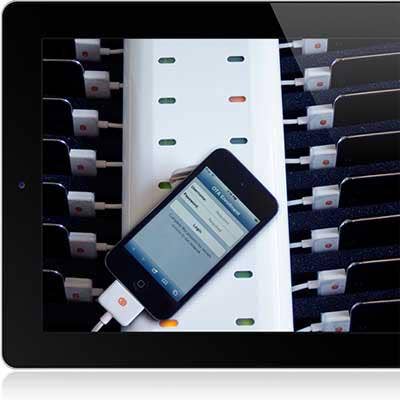
JAMF Software
Few companies can boast a cozy relationship with Cupertino's hush-hush mobile giant Apple, but JAMF software does. Despite the popularity of Apple products on both the consumer and enterprise level, partners often blast the company for "not playing nice" in the channel. JAMF bridges the gap through its Casper Suite, an Apple device management platform that allows both iOS and Mac devices in a corporate environment to function properly alongside Windows or Android infrastructure. In addition, JAMF offers zero-day support for all Apple operating system updates.

Kiosk
Kiosks have popped up in a variety of locations across the globe, taking a mobile device and making it stationary, allowing for mobile users to quickly take advantage of its features and functions before moving along. For instance, Apple solution provider Tekserve has deployed thousands of iPads for kiosks in airports across the country. Travelers can use the iPads for everything from ordering food at airport restaurants to checking email. Alerts specific to the user's flight appear on the tablet screen with real-time updates. In the case of Dell OEM's partnership with SoloHealth, health kiosks are available in many retail stores and corporate campuses, giving the public access to quick "check up-like" health evaluations.